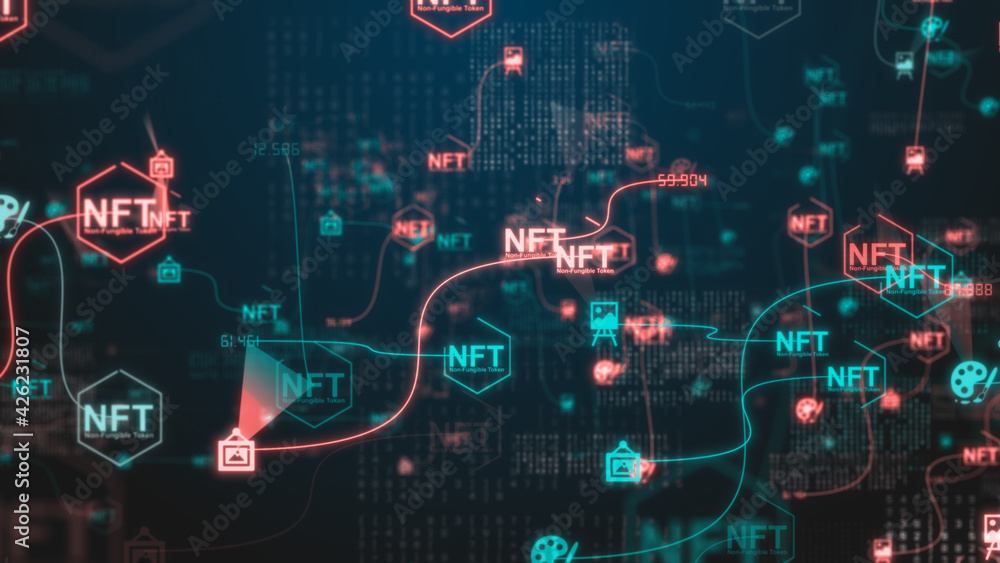NFTs, or Non-Fungible Tokens, are unique digital assets that represent ownership or proof of authenticity of a specific item, artwork, or collectible on a blockchain. Unlike cryptocurrencies like Bitcoin or Ethereum, NFTs cannot be exchanged on a one-to-one basis since each NFT carries its own distinct value and attributes, making them non-interchangeable.
Guide to Building an NFT Marketplace
1. Market Research and Conceptualization
Before diving into the technical aspects of building an NFT marketplace, it's crucial to conduct thorough market research and identify your target audience. Understand the existing NFT platforms and explore unique features that can set your marketplace apart. Define your goals and objectives to create a clear roadmap for development.
2. Choose the Right Blockchain
Selecting the appropriate blockchain network is a critical decision in NFT marketplace development. Ethereum, Binance Smart Chain, and Flow are some popular choices, each with its own advantages and limitations. Consider factors such as transaction speed, gas fees, and community support while making this decision.
3. User-Friendly Interface
An intuitive and user-friendly interface is crucial to attract both creators and collectors to your NFT marketplace. Implement an easy-to-navigate website or application with seamless onboarding, profile management, and browsing capabilities. Consider incorporating advanced search filters and categories for enhanced user experience.
4. Wallet Integration
Enable users to connect their cryptocurrency wallets securely to your NFT marketplace. Integration with popular wallets like MetaMask or Trust Wallet ensures a seamless and secure experience for users during transactions and asset management.
5. Community Building and Marketing
A strong and engaged community is crucial for the success of your NFT marketplace. Engage with users through social media, forums, and events. Collaborate with artists, influencers, and collectors to promote your platform and attract a wider audience.
Conclusion
In conclusion, NFTs have opened up new possibilities for creators, collectors, and investors in the digital world. Building an NFT marketplace requires careful planning, technical expertise, and a deep understanding of the needs of your target audience. By following this step-by-step guide and incorporating the right features, your NFT marketplace can stand out, attract a diverse community, and become a hub for digital art, collectibles, and unique assets in the decentralized realm of NFTs.





Comments